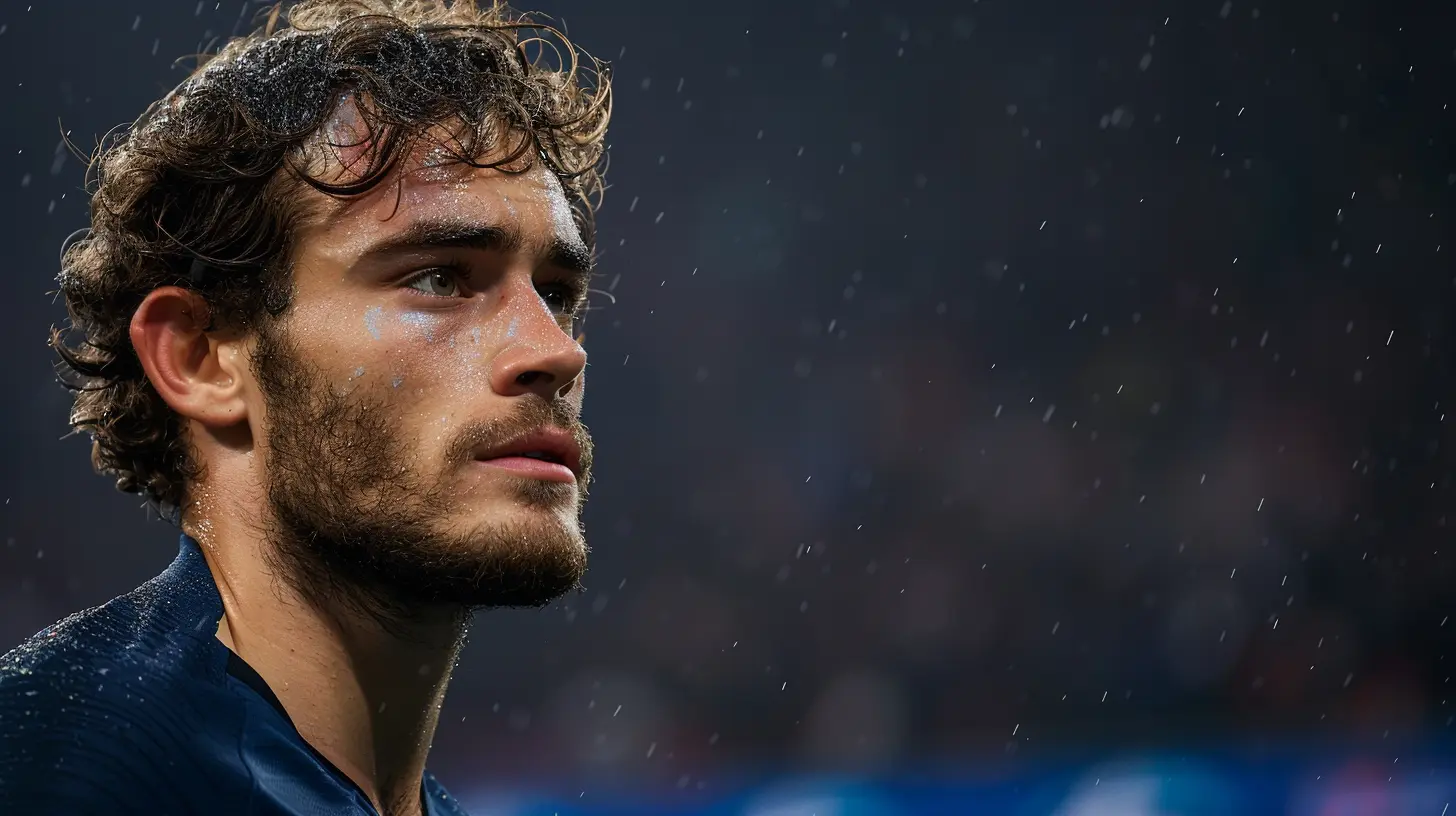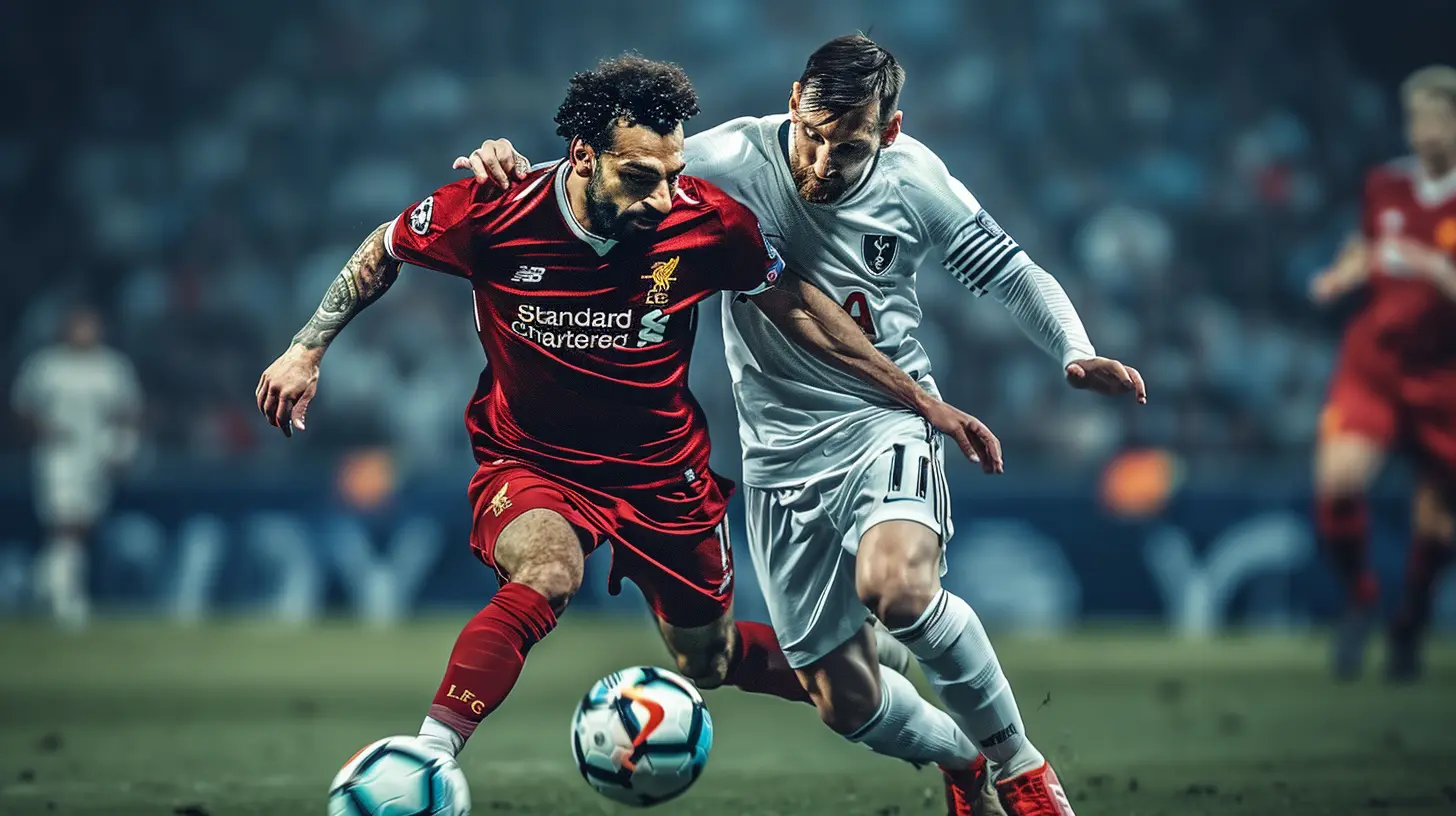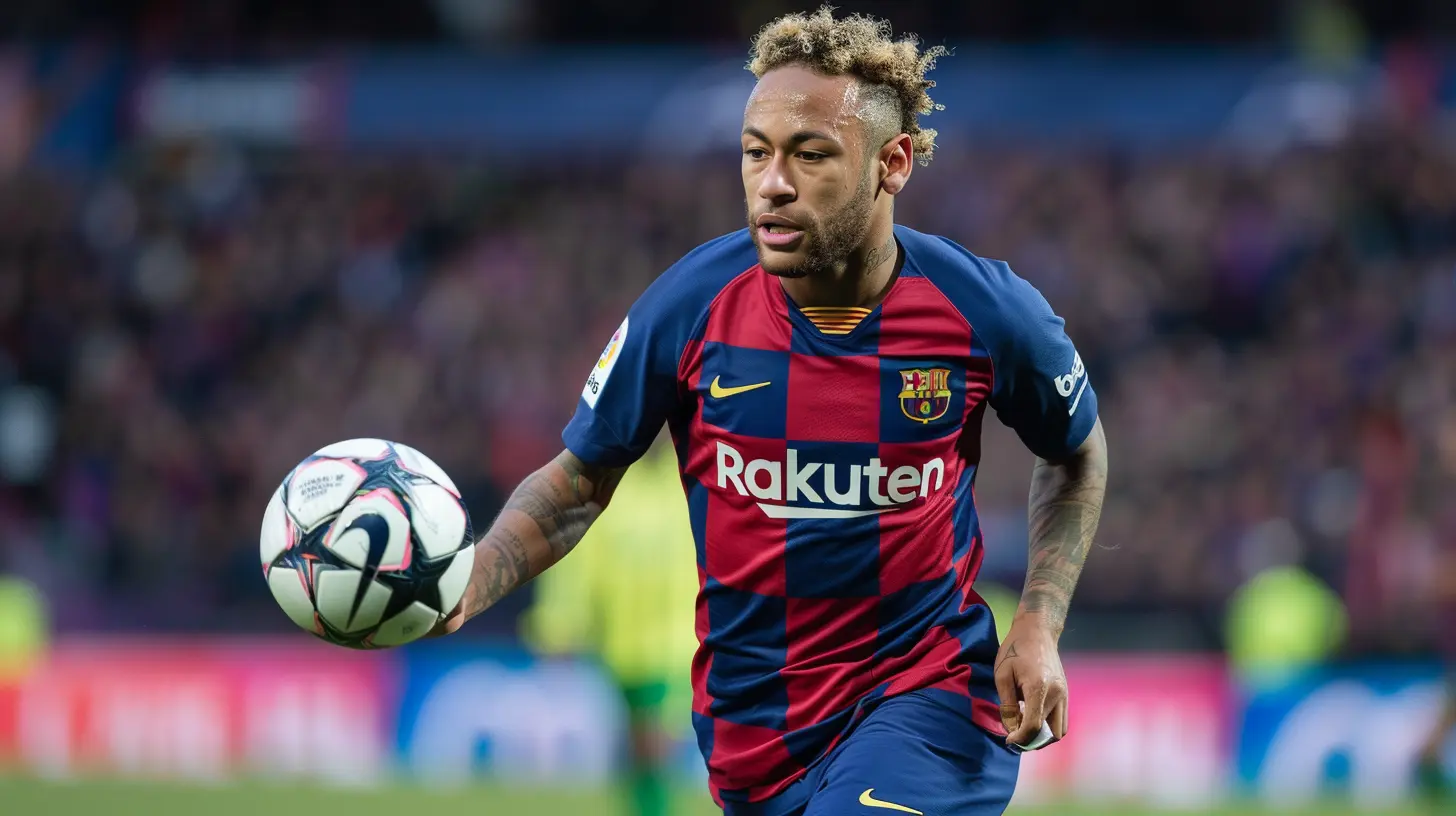The Long-Term Impact of This Transfer Window on Global Football
5 July 2025
Every transfer window shakes up the football world in some way. But every so often, there's a window so seismic, it doesn’t just tweak the landscape — it redraws the map completely. This recent transfer window? Yeah, it might be one of those. We’re talking record deals, high-profile exits, surprise moves, and a ripple effect stretching from Europe to Africa, Asia, and beyond.
So, what does all this mean for the game long-term? Grab your boots (or at least your coffee), because we’re diving deep into how this transfer window could change football around the globe — and not just next season, but for years to come.
📈 When Transfers Become Transformative
A Business, Not Just a Game
Let’s face it — football today is as much about spreadsheets and shareholdings as it is about goals and glory. Transfers aren’t just tactical decisions anymore; they’re investments, branding strategies, and power plays.This window saw clubs like Chelsea, PSG, and Real Madrid splashing big cash — no surprise there. But the emergence of lesser-known clubs flexing financial muscles? That turned heads. Middle Eastern and Asian clubs stepping into the spotlight with serious offers showed us just how global football’s economy has become. And when clubs from lesser-watched leagues outbid traditional powerhouses? Yeah, that changes the power dynamic.
Short-Term Moves with Long-Term Echoes
Some transfers scream long-term planning — like Jude Bellingham to Real Madrid or Declan Rice to Arsenal. They’re not just filling holes; they’re building futures. These kinds of moves shape the DNA of squads for the next five to ten years, setting the tone for player development, tactical identity, and even marketability.
🌏 The Globalization of Talent
Shift From West to East
For years, Europe’s top five leagues were the ultimate destination. But now? Not so fast. With Saudi Arabian clubs luring top-tier talent with jaw-dropping wages, we’re starting to see a shift in player migration.When aging superstars used to take a final payday in China or MLS, it barely moved the needle. But now? Prime-age players are moving east. And that’s huge.
It’s not just about money — it’s influence. These moves are giving leagues in the Middle East and Asia global visibility, TV deals, and merchandising opportunities. They’re rewriting the script of where "serious football" happens.
Unintended Consequences for Europe
Here’s a curveball — while European clubs lose stars to other continents, their academies may suddenly become more important. Europe might transition into more of a talent incubator, rather than always being the end goal. It’s a bit like Hollywood losing stars to streaming platforms — now they need to bet more on developing new faces.That could see clubs doubling down on youth development, scouting in emerging markets, and rethinking recruitment models.
💸 The Rise of the Mega Deal Economy
Inflated Prices, Inflated Expectations
Massive fees — we’re used to them. But this window? It felt different. The bar’s been raised again. Declan Rice’s move, Moisés Caicedo’s record fee, Neymar's high-profile departure... it’s not just expensive, it’s inflation with cleats on.This kind of spending widens the gap between the haves and the have-nots. Smaller clubs now struggle to compete not just on the field, but in the market. That might push more clubs into forming partnerships, focusing on youth, or becoming feeder systems.
Agents and Third Parties Playing Bigger Roles
Another shift? The rise of super agents and investment groups. Some footballers now have transfer portfolios that look like Wall Street investments. These powerful middlemen shape clubs' transfer strategies, often prioritizing ROI over squad balance.This commodification of players can sometimes backfire — just because someone costs €100 million doesn’t mean they’ll gel with a coach’s tactics. Clubs may start learning the hard way.
👶 Youth Development – A New Golden Era?
Talent Factories Getting a Boost
One silver lining? As transfer fees skyrocket, pushing top players out of reach for many clubs, there’s renewed focus on developing local talent.Clubs like Ajax, Benfica, and RB Salzburg — already known for producing stars — are now looked at as models to follow. Even mid-tier clubs are investing more in academies, data-driven scouting, and homegrown pipelines.
If the trend sticks, we could see a renaissance in youth development — one that prioritizes long-term growth over short-term buying.
National Teams Could Reap the Rewards
Better academies don’t just benefit clubs — they boost national sides too. Countries with weaker leagues but strong talent pipelines (like Ghana, Nigeria, or Japan) may start seeing better national team performances as their players gain development platforms closer to home.And with fewer barriers to entry into new leagues popping up globally, these young players could kickstart football revolutions in their own countries.
🧠 Tactical Evolution Through Transfers
Tactical Identity Over Superstars?
Let’s talk philosophy. A few years ago, teams would panic-buy players to plug gaps. But this window showed a more mature approach — a move toward tactical compatibility. Managers now seem to be getting more say. Think of Klopp’s midfield additions or Guardiola’s surgical tweaks — they’re building systems, not just signing stars.This could be a game-changer long-term. Clubs that align recruitment with tactical philosophy and data analytics will outperform those who still chase headlines.
Flexibility is King
Versatile players — those who can function in multiple roles — were hot property this time around. That tells us something: football’s becoming more fluid. Managers want tools in the box, not just hammers.As systems (like inverted fullbacks or false nines) evolve, player adaptability will be key. And that influences how clubs scout, train, and even condition their players. Expect more hybrid roles in the next decade.
🛑 Regulatory Waves on the Horizon
UEFA and FIFA Watching Closely
Big spending always triggers pushback. This window’s eye-watering figures and bold moves are likely to draw regulatory scrutiny. Think Financial Fair Play 2.0 or new spending caps.FIFA has also been eyeing salary caps, agent fee restrictions, and loan rules. As player movement patterns change, the old rulebook might not cut it.
Expect more structure, more oversight, and more legal battles in the coming years. And yes — that could mean more creative loopholes from clubs too.
🌍 It’s Not Just About the Stars
The Growth of Women's Football
Here’s something exciting: while the men’s game saw blockbuster moves, women’s football also gained momentum. More high-profile transfers, increasing salaries, and bigger audiences — and it's just the beginning.This transfer window wasn’t isolated to one gender. The rising interest in the women’s game means better infrastructure, more academies for girls, and an expanded global footprint. A win across the board.
Grassroots Impact
Think transfers don’t matter for Sunday league kids in Nairobi or Bangkok? Think again.When players from non-traditional football nations make big moves, it sends shockwaves back home. It inspires dreams, increases participation, and boosts local investment. Transfer windows are global events now — their impact trickles down through every layer of the football pyramid.
🛠 What Comes Next?
Let’s take a breath. With all this transfer madness, where does football go from here?- More Tech, More Data: Transfers are becoming more scientific. Expect AI-driven scouting, biometric analysis, and machine learning to shape recruitment.
- Mental Wellness Focus: Big money brings big pressure. Player welfare — both mental and physical — will become a cornerstone of football development.
- Smarter Fans: You’re not just watching the match — you’re watching the market. Fans today are clued into contracts, wage bills, and release clauses. That extra layer of engagement is here to stay.
⚽ Final Whistle: This Window Was a Fork in the Road
Let’s call it what it is — this transfer window wasn’t just about player swaps. It was a turning point. We saw the decentralization of power, the globalization of leagues, and a sharper focus on development over desperation.Sure, there will always be another window. But what happened this time is going to echo for years. The big question now? How clubs, players, fans — and even countries — adapt to the new normal.
Are we watching the future of football unfold? Absolutely.
all images in this post were generated using AI tools
Category:
Transfer NewsAuthor:

Onyx Frye
Discussion
rate this article
1 comments
Molly McAndrews
What a fascinating read! The insights into how this transfer window will shape the future of global football are truly enlightening. It’s exciting to consider the long-term effects on team dynamics, fan engagement, and player development. Looking forward to seeing how these changes unfold on the pitch! Keep up the great work!
July 17, 2025 at 3:51 AM

Onyx Frye
Thank you for your kind words! I'm glad you found the insights valuable. Exciting times lie ahead for football!


